Lee SG., Moon DB., Hwang S., Ahn CS., Kim KH., Song GW, et al. 2015. Liver transplantation in Korea: past, present, and future. Transplant Proc. 47:705–8. DOI:
10.1016/j.transproceed.2015.02.015. PMID:
25891715.

Ha SM., Hwang S., Song GW., Ahn CS., Moon DB., Ha TY, et al. 2017. Successful introduction of Model for End-stage Liver Disease scoring in deceased donor liver transplantation in Korea: analysis of first 1 year experience at a high-volume transplantation center. Ann Hepatobiliary Pancreat Surg. 21:199–204. DOI:
10.14701/ahbps.2017.21.4.199. PMID:
29264582. PMCID:
PMC5736739.

Lee J., Lee JG., Jung I., Joo DJ., Kim SI., Kim MS, et al. 2019. Development of a Korean liver allocation system using model for end stage liver disease scores: a nationwide, multicenter study. Sci Rep. 9:7495. DOI:
10.1038/s41598-019-43965-2. PMID:
31097768. PMCID:
PMC6522508.

Lee J., Kim DG., Lee JY., Lee JG., Joo DJ., Kim SI, et al. 2019. Impact of model for end-stage liver disease score-based allocation system in Korea: a nationwide study. Transplantation. 103:2515–22. DOI:
10.1097/TP.0000000000002755. PMID:
30985735.

Min SI., Ahn C., Han DJ., Kim SI., Chung SY., Lee SK, et al. 2015. To achieve national self-sufficiency: recent progresses in deceased donation in Korea. Transplantation. 99:765–70. DOI:
10.1097/TP.0000000000000412. PMID:
25226175.
Hwang S., Ahn CS., Kim KH., Moon DB., Ha TY., Song GW, et al. 2011. Super-selection of a subgroup of hepatocellular carcinoma patients at minimal risk of recurrence for liver transplantation. J Gastrointest Surg. 15:971–81. DOI:
10.1007/s11605-011-1467-0. PMID:
21547706.

Hwang S., Lee SG., Belghiti J. 2010. Liver transplantation for HCC: its role. Eastern and Western perspectives. J Hepatobiliary Pancreat Sci. 17:443–8. DOI:
10.1007/s00534-009-0241-0. PMID:
19885638.
Yoon YI., Song GW., Lee SG., Hwang S., Kim KH., Kim SH, et al. 2018. Outcome of ABO-incompatible adult living-donor liver transplantation for patients with hepatocellular carcinoma. J Hepatol. 68:1153–62. DOI:
10.1016/j.jhep.2018.02.002. PMID:
29452208.

Hwang S., Lee SG., Kim KK., Kim KH., Ahn CS., Moon DB, et al. 2006. Efficacy of 6-month pretransplant abstinence for patients with alcoholic liver disease undergoing living donor liver transplantation. Transplant Proc. 38:2937–40. DOI:
10.1016/j.transproceed.2006.08.139. PMID:
17112869.

Park YH., Hwang S., Ahn CS., Kim KH., Moon DB., Ha TY, et al. 2013. Living donor liver transplantation for patients with alcoholic liver disease. Korean J Hepatobiliary Pancreat Surg. 17:14–20. DOI:
10.14701/kjhbps.2013.17.1.14. PMID:
26155208. PMCID:
PMC4304503.

Ahn CS., Hwang S., Kim KH., Moon DB., Ha TY., Song GW, et al. 2014. Long-term outcome of living donor liver transplantation for patients with alcoholic liver disease. Transplant Proc. 46:761–6. DOI:
10.1016/j.transproceed.2013.12.032. PMID:
24767343.

Kim JM., Lee KW., Song GW., Jung BH., Lee HW., Yi NJ, et al. 2016. Outcomes for patients with HCV after liver transplantation in Korea: a multicenter study. Ann Surg Treat Res. 90:36–42. DOI:
10.4174/astr.2016.90.1.36. PMID:
26793691. PMCID:
PMC4717607.

Kim JM., Lee KW., Song GW., Jung BH., Lee HW., Yi NJ, et al. 2017. Increased survival in hepatitis C patients who underwent living donor liver transplant: a case-control study with propensity score matching. Ann Surg Treat Res. 93:293–9. DOI:
10.4174/astr.2017.93.6.293. PMID:
29250507. PMCID:
PMC5729122.

Jung BH., Hwang S., Song GW., Jung DH., Ha TY., Park GC, et al. 2015. Updated status of deceased-donor liver graft allocation for high-urgency adult patients in a Korean high-volume liver transplantation center. Transplant Proc. 47:580–3. DOI:
10.1016/j.transproceed.2015.02.014. PMID:
25891690.

Kim JS., Kim KM., Oh SH., Kim HJ., Cho JM., Yoo HW, et al. 2015. Liver transplantation for metabolic liver disease: experience at a living donor dominant liver transplantation center. Pediatr Gastroenterol Hepatol Nutria. 18:48–54. DOI:
10.5223/pghn.2015.18.1.48. PMID:
25866733. PMCID:
PMC4392000.

Oh SH., Kim KM., Kim DY., Kim Y., Song SM., Lee YJ, et al. 2014. Improved outcomes in liver transplantation in children with acute liver failure. J Pediatr Gastroenterol Nutr. 58:68–73. DOI:
10.1097/MPG.0b013e3182a80362. PMID:
23942007.

Oh SH., Kim KM., Kim DY., Song SM., Kim T., Hwang S, et al. 2012. Clinical experience of more than 200 cases of pediatric liver transplantation at a single center: improved patient survival. Transplant Proc. 44:484–6. DOI:
10.1016/j.transproceed.2012.02.002. PMID:
22410052.

Jung DH., Hwang S., Hong SM., Kim KH., Lee YJ., Ahn CS, et al. 2016. Clinicopathological features and prognosis of hepatic epithelioid hemangioendothelioma after liver resection and transplantation. Ann Transplant. 21:784–90. DOI:
10.12659/AOT.901172. PMID:
28031549.

Sakamoto S., Kasahara M., Mizuta K., Kuroda T., Yagi T., Taguchi T, et al. 2014. Nationwide survey of the outcomes of living donor liver transplantation for hepatoblastoma in Japan. Liver Transpl. 20:333–46. DOI:
10.1002/lt.23803. PMID:
24734315.

Tajiri T., Kimura O., Fumino S., Furukawa T., Iehara T., Souzaki R, et al. 2012. Surgical strategies for unresectable hepatoblastomas. J Pediatr Surg. 47:2194–8. DOI:
10.1016/j.jpedsurg.2012.09.006. PMID:
23217875.

Namgoong JM., Choi JU., Hwang S., Oh SH., Park GC. 2019. Pediatric living donor liver transplantation with homograft replacement of retrohepatic inferior vena cava for advanced hepatoblastoma. Ann Hepatobiliary Pancreat Surg. 23:178–82. DOI:
10.14701/ahbps.2019.23.2.178. PMID:
31225421. PMCID:
PMC6558128.

Schüle S., Altendorf-Hofmann A., Ute©¬ F., Rauchfu©¬ F., Freesmeyer M., Knösel T, et al. 2013. Liver transplantation for hilar cholangiocarcinoma: a single-centre experience. Langenbecks Arch Surg. 398:71–7. DOI:
10.1007/s00423-012-1007-8. PMID:
23053456.
Ramanan P., Cummins NW., Wilhelm MP., Heimbach JK., Dierkhising R., Kremers WK, et al. 2017. Epidemiology, risk factors, and outcomes of infections in patients undergoing liver transplantation for hilar cholangiocarcinoma. Clin Transplant. 31:e13023. DOI:
10.1111/ctr.13023. PMID:
28573685.

Darwish Murad S., Kim WR., Harnois DM., Douglas DD., Burton J., Kulik LM, et al. 2012. Efficacy of neoadjuvant chemoradiation, followed by liver transplantation, for perihilar cholangiocarcinoma at 12 US centers. Gastroenterology. 143:88–98. DOI:
10.1053/j.gastro.2012.04.008. PMID:
22504095. PMCID:
PMC3846443.

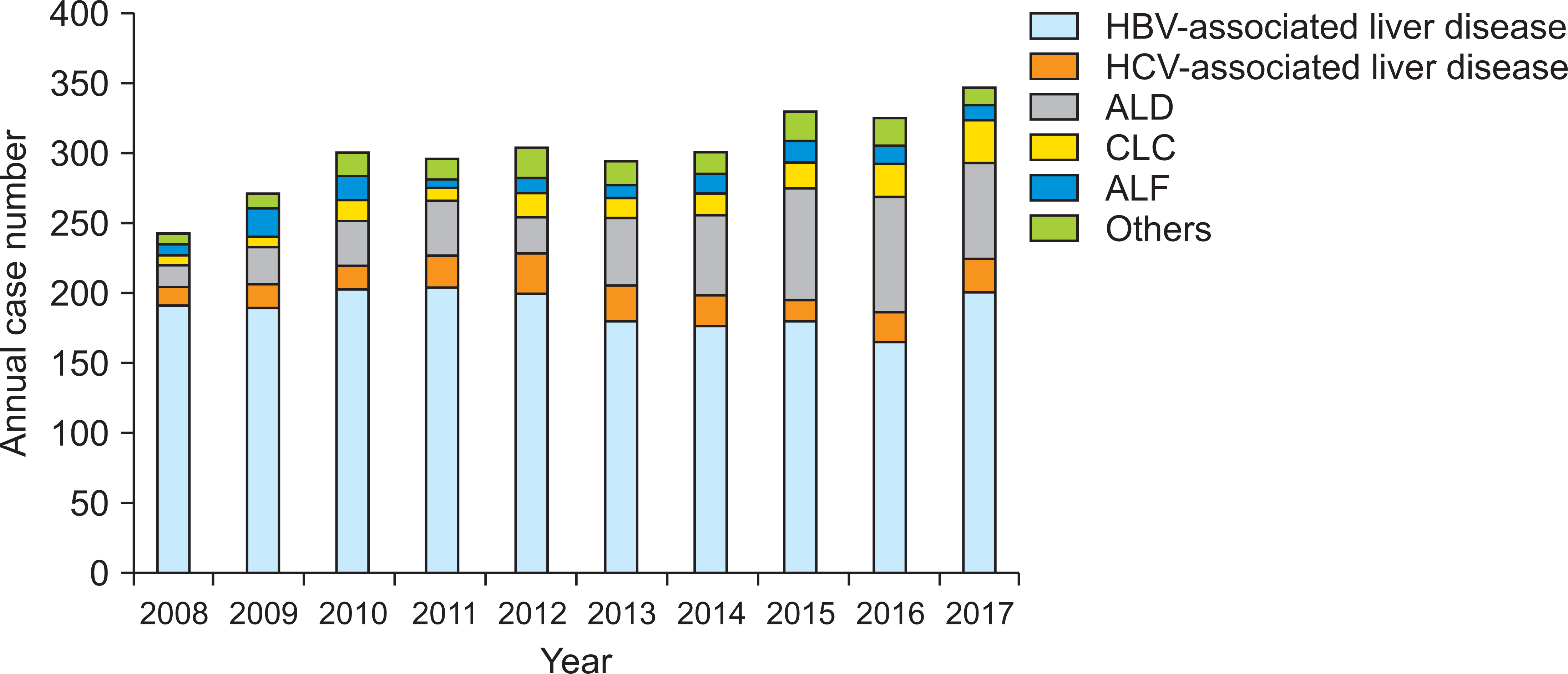
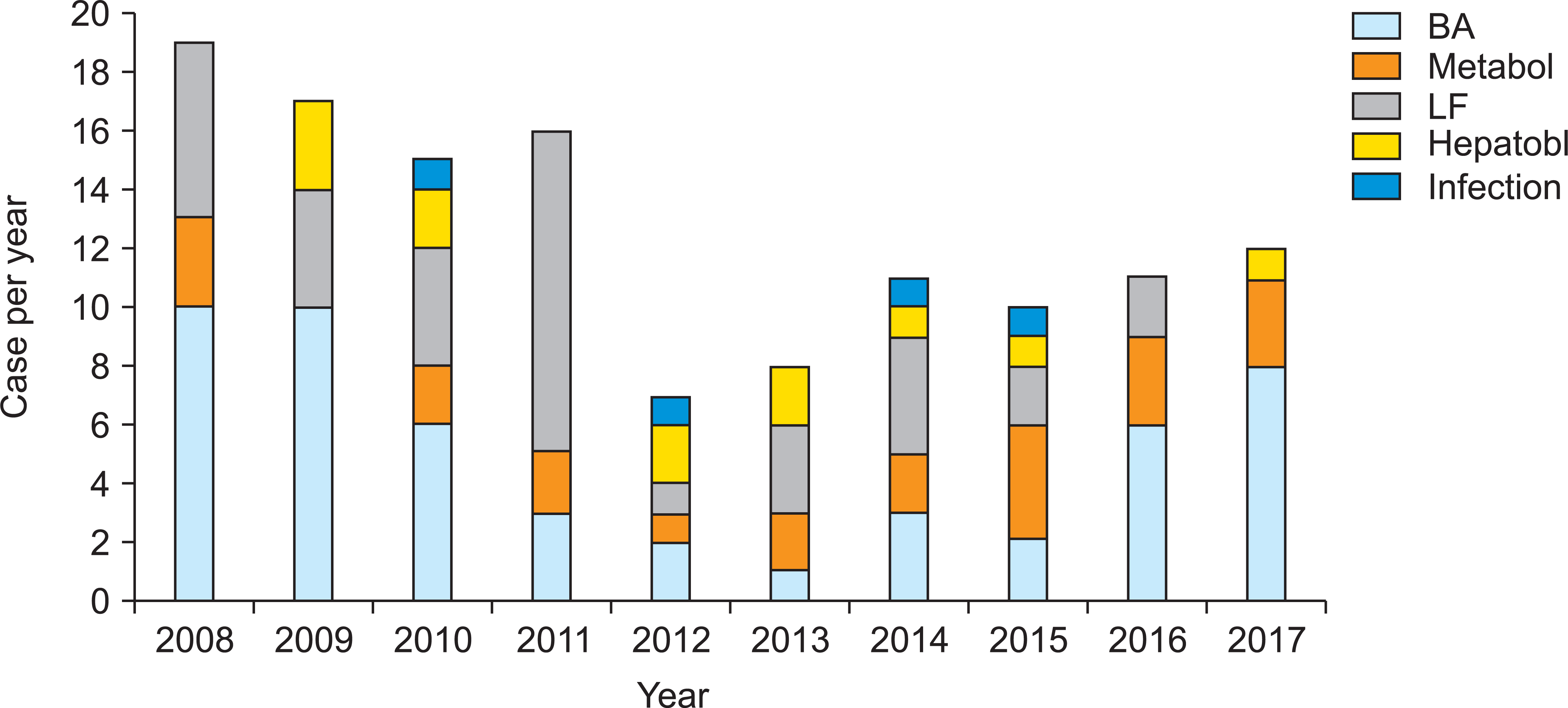




 PDF
PDF Citation
Citation Print
Print



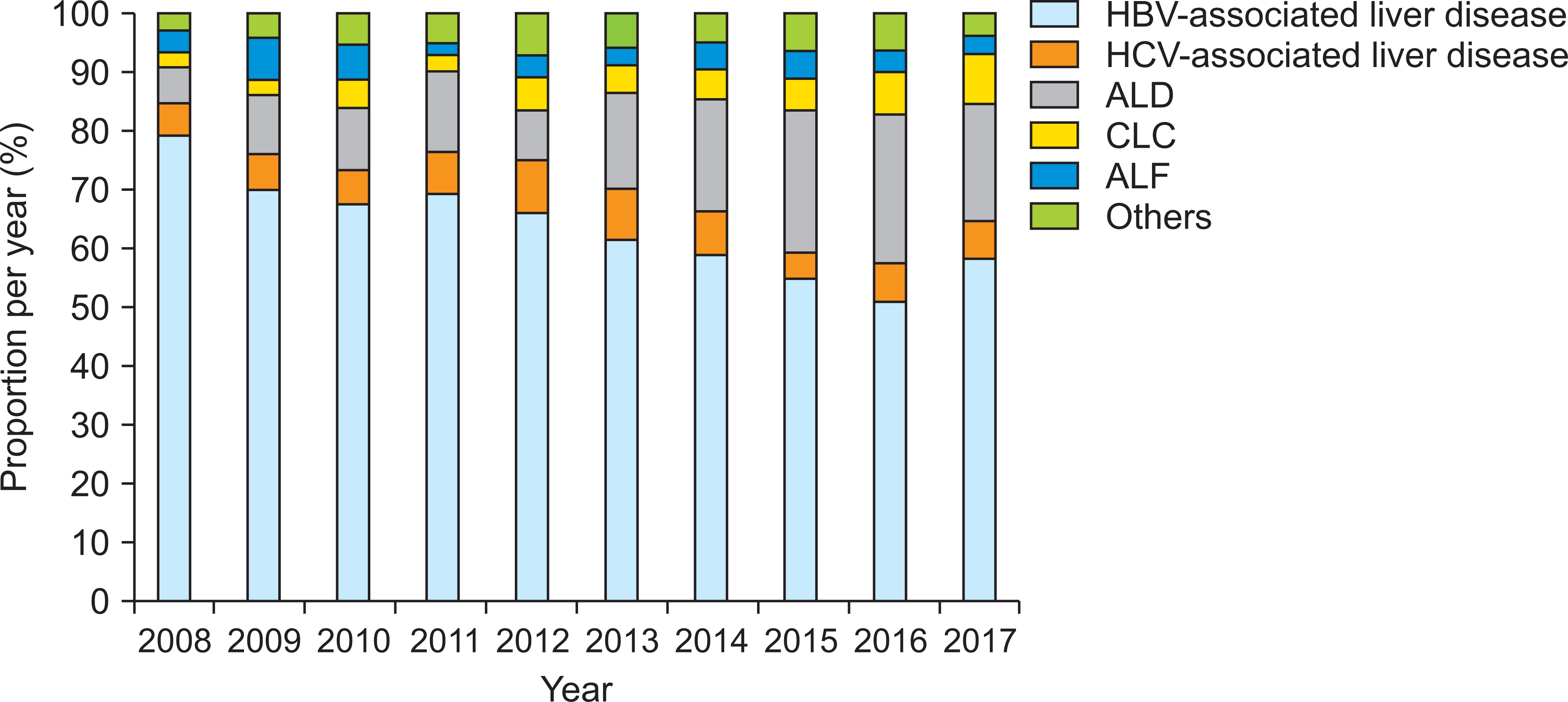
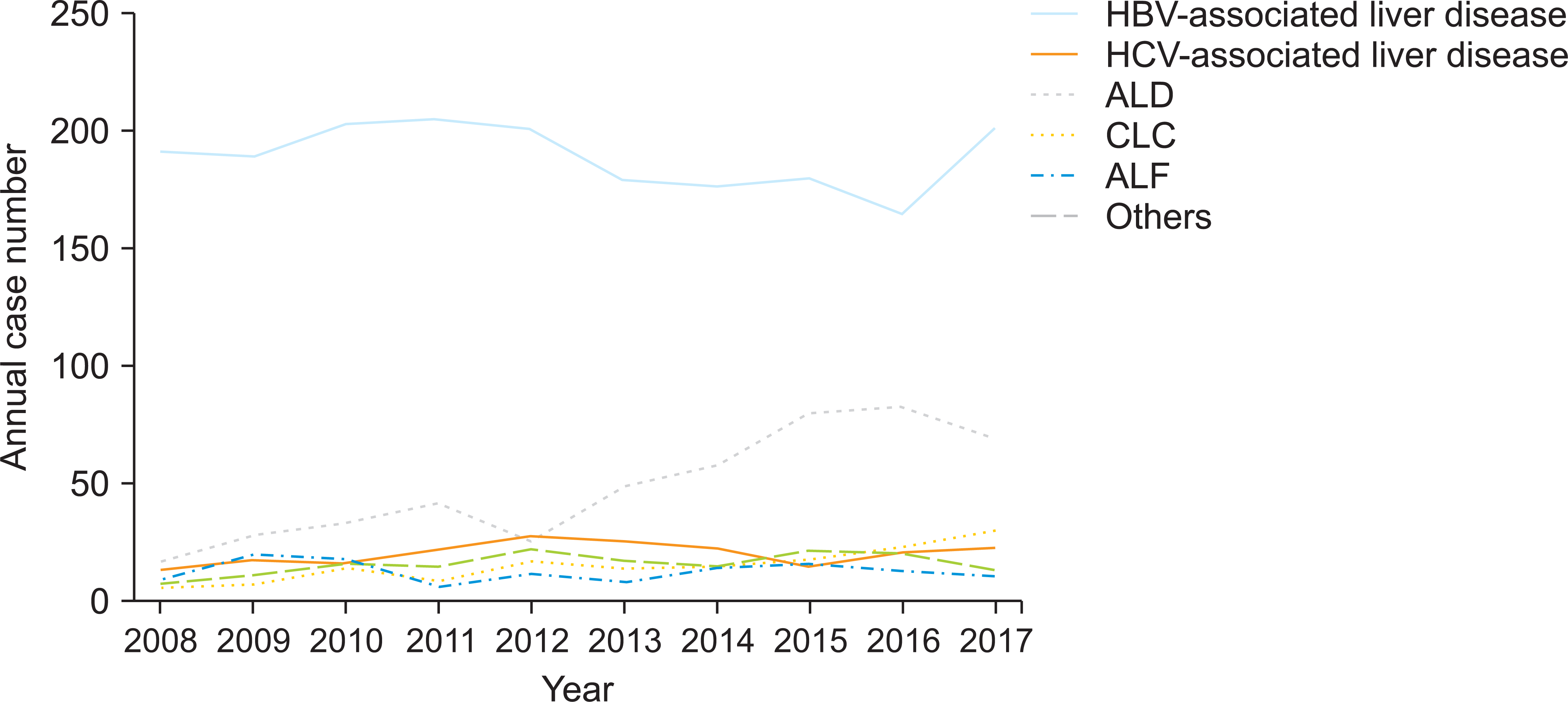
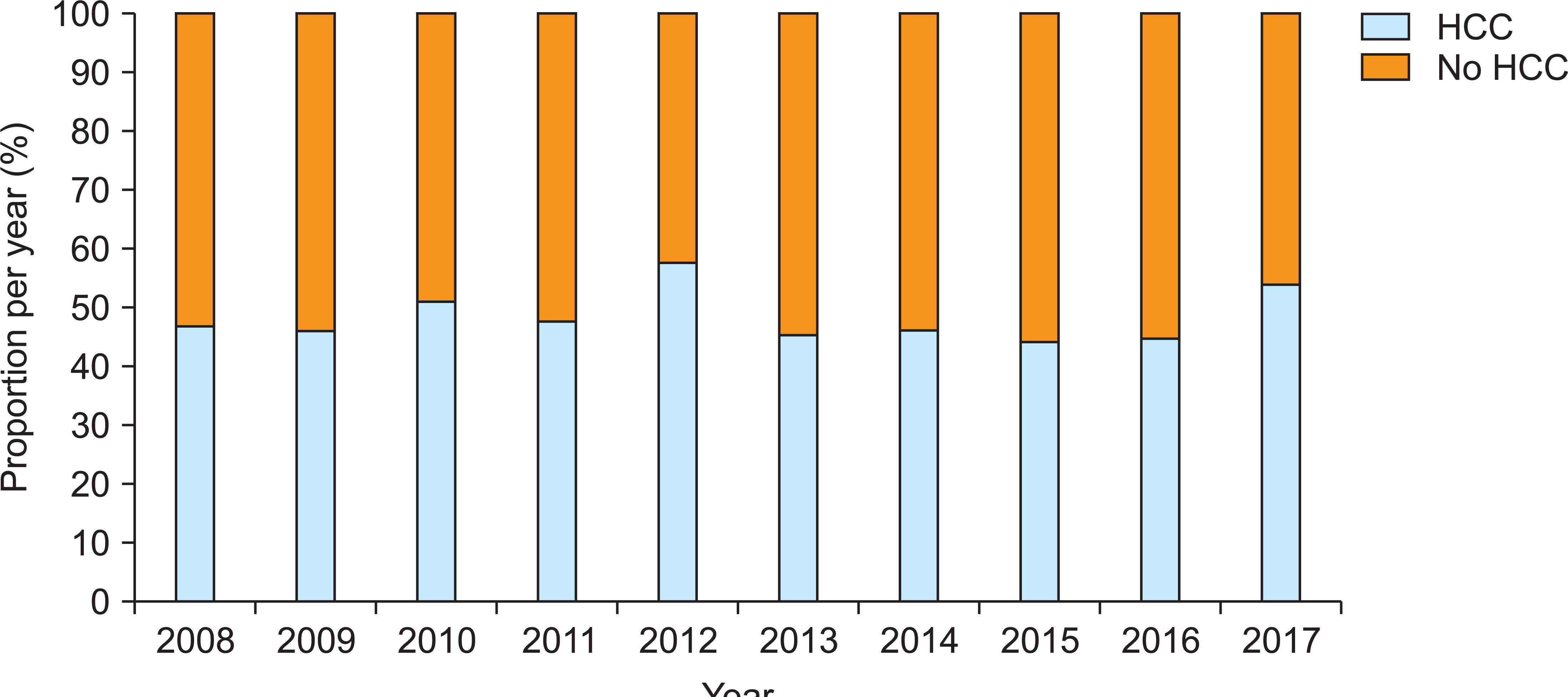
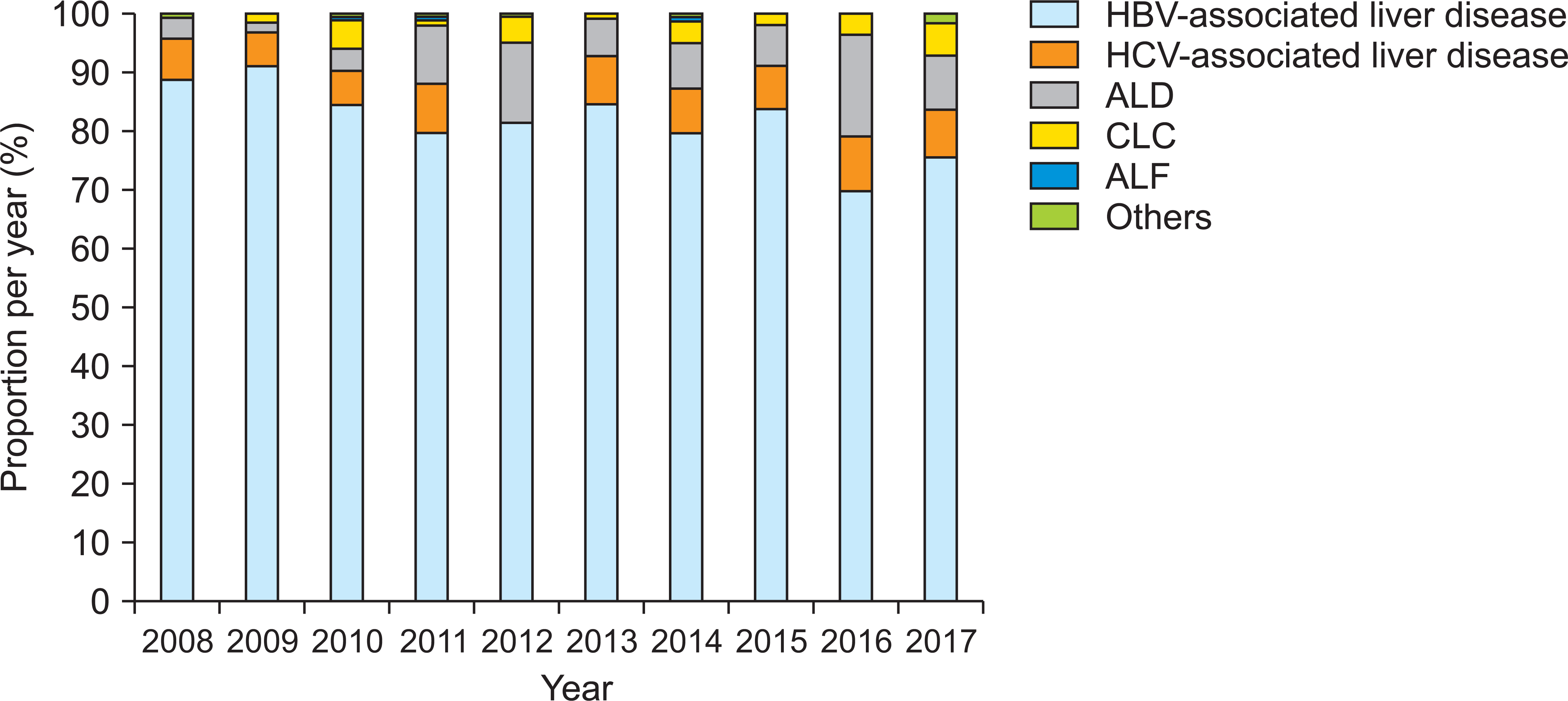
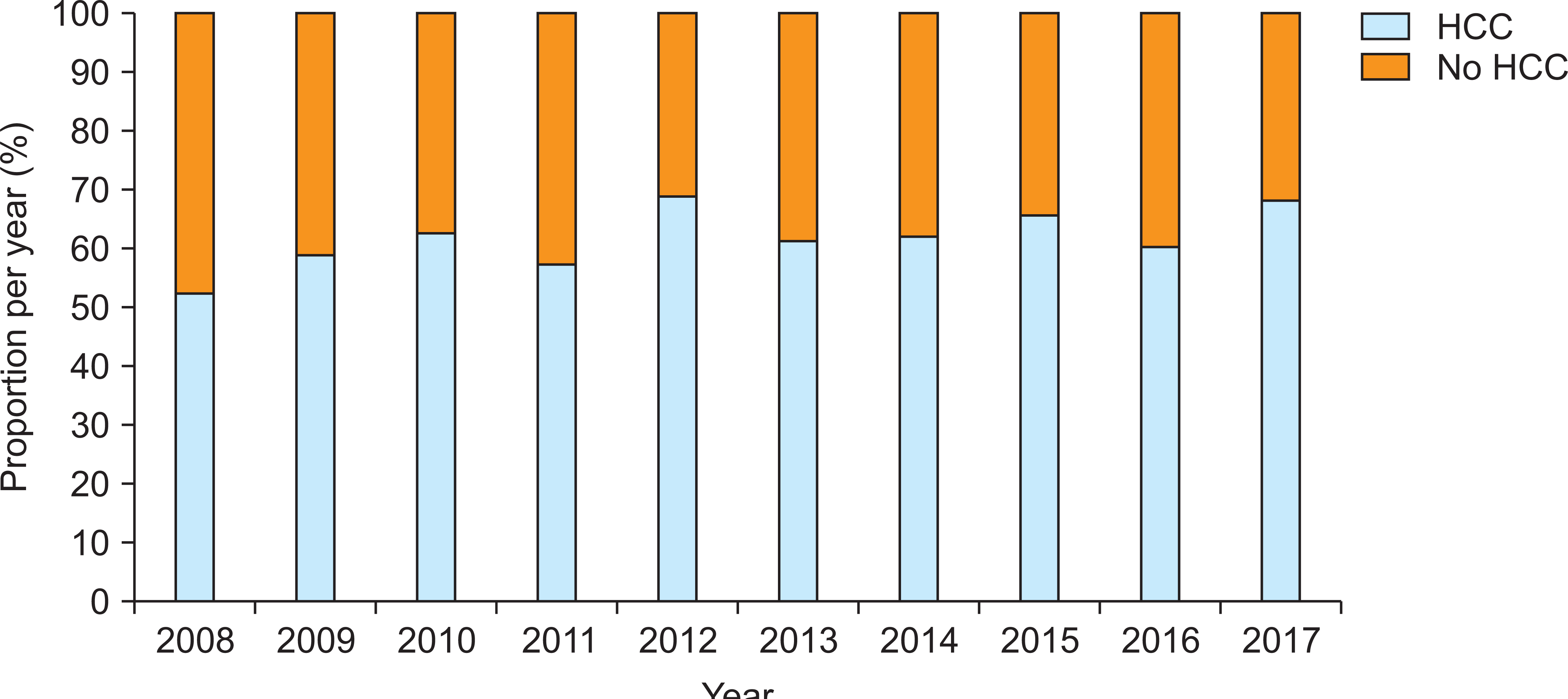
 XML Download
XML Download